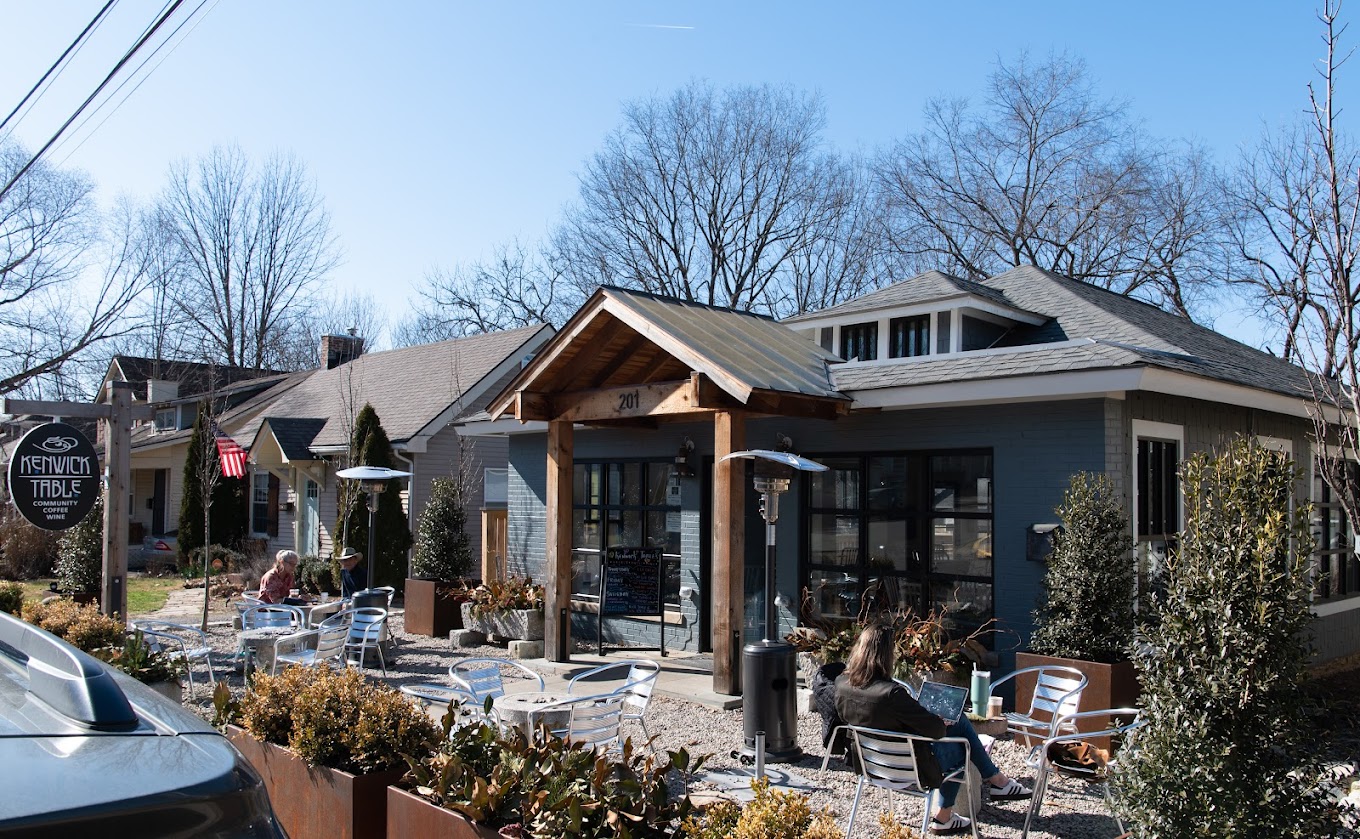Urban Growth Management ZOTA
Read Our Full Position Statement On this Topic
Recently, Lexington’s Planning Staff proposed a new, progressive, city-wide zoning change that could reshape the landscape of our city.
- Potentially: This could help create a compact, walkable Lexington that incorporates more mixed-use development projects and allows for appropriate mixing of residential and commercial areas. This is kind of a big deal.
Historically, Lexington’s development patterns have looked different than this, instead focusing on car-dependent, single-family neighborhoods – resulting in urban sprawl, traffic congestion, and unwalkable communities.
-
Important: The current zoning regulations that have been put in place have dictated this type of development pattern.
- Goal: This new proposed zoning change aims to connect people to places, to jobs, and to each other through compact and thoughtfully designed development.
The new Urban Growth Management ZOTA has the potential to change our city for the better. Check out how it would affect both residential and commercial properties below.
Residential Impact

Fayette Alliance hopes this is the beginning of a series of positive changes to the zoning ordinances – and that next, changes will address existing expansion areas as identified in the 1996 Expansion Area Master Plan. Unfortunately, thousands of acres of vacant and undeveloped land, which represent the most important opportunities to meet community needs before any proposed new expansion areas are considered, are not impacted by the UGM ZOTA.
Staff thoughtfully and accurately points out that compact, walkable, mixed-use development is economically, socially, and environmentally sustainable. But where that development occurs is a large part of what makes it sustainable and affordable – and we must remain focused on the significant opportunities inside our USB, near existing jobs, services, infrastructure, and transit, to see it happen.
- Important: It must be said that sprawling outside our existing boundary and bringing in thousands of new acres to the Urban Service Area is fundamentally at odds with much of what this ZOTA works to achieve.
Commercial Impact

This new zoning ordinance would allow for an appropriate mix of residential housing and commercial development to coexist.
- Meaning: Lexington neighborhoods would be able to build and integrate amenities within walking distance of more residents, like coffee shops and neighborhood markets.
A great example of this kind of current neighborhood business is Kenwick Table, a local coffee shop in the Kenwick neighborhood.

Kenwick Table is zoned as B-1, but operates in the middle of a residential neighborhood.
What’s important to note about Kenwick Table is that it’s a commercial business that seamlessly integrates into a residential neighborhood.
- Important: Kenwick Table doesn’t have any dedicated business parking, encouraging residents to walk or bike to the establishment.
The new Urban growth Management ZOTA would allow for more businesses like Kenwick Table to be appropriately integrated into more of Lexington’s historic and beloved neighborhoods.
Here’s What We Think
The Urban Growth Management Zoning Ordinance Text Amendment represents creative and responsible policy changes to our current zoning code to support smart, responsible, and equitable growth. Fayette Alliance commends the work of Lexington’s Planning Staff for their commitment to compact, walkable, mixed-use development in our city; and for their hard work on this significant proposal.
- Important: Focusing on the infill and development of the more than 6,000 vacant acres inside the existing USB continues to be critical.
The proposed updates, with appropriate implementation and community buy-in, could help grow our city, protect our farms, and help prevent urban sprawl from consuming our beautiful Bluegrass landscape.
It will be important to continue to incorporate stakeholder input to ensure that these policies achieve the stated goals in practice, and we look forward to seeing how these policy changes evolve to meet the community’s needs.
- Need to know: Continuing to use the land we have, while making investments in transportation infrastructure, is necessary to create more affordable, walkable development and a higher quality of life for us all.
- Lastly: We hope this reform can pave the way for additional policy changes that help us better utilize our existing land. Notably, this ZOTA does not apply to existing areas from the 1996 USB expansion, and where a significant amount of undeveloped land still remains. We look forward to supporting additional efforts to increase responsible and sustainable development inside the existing USB.

